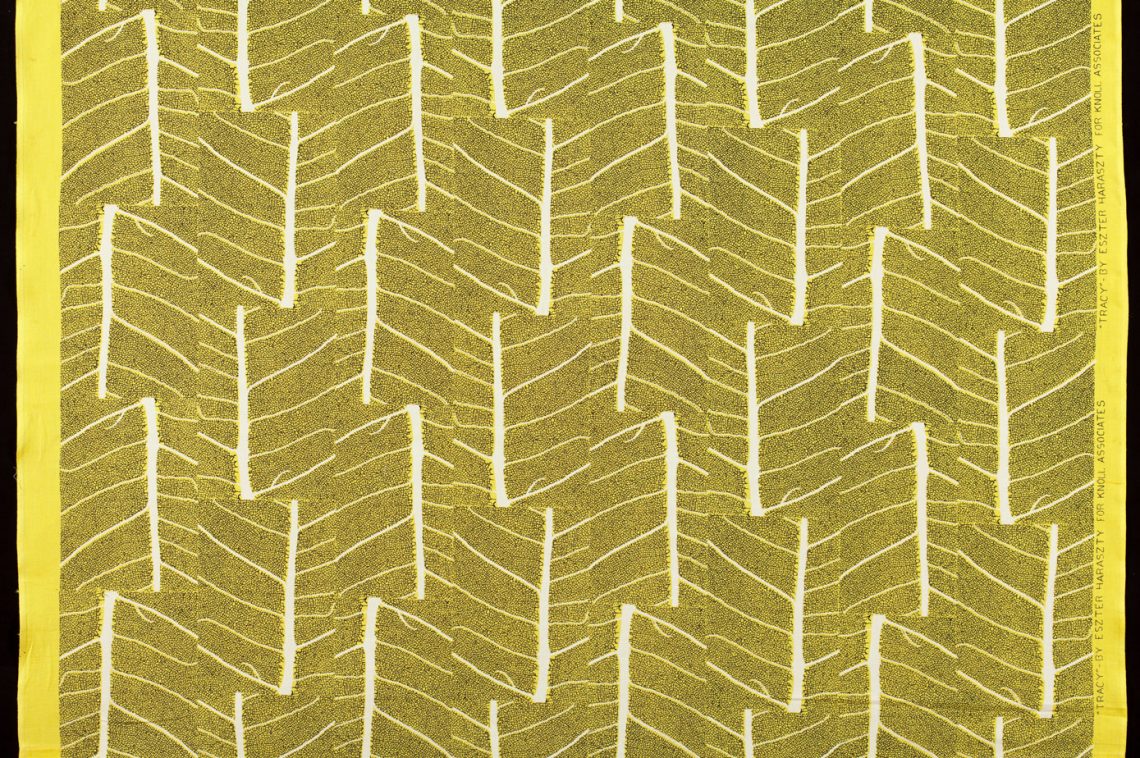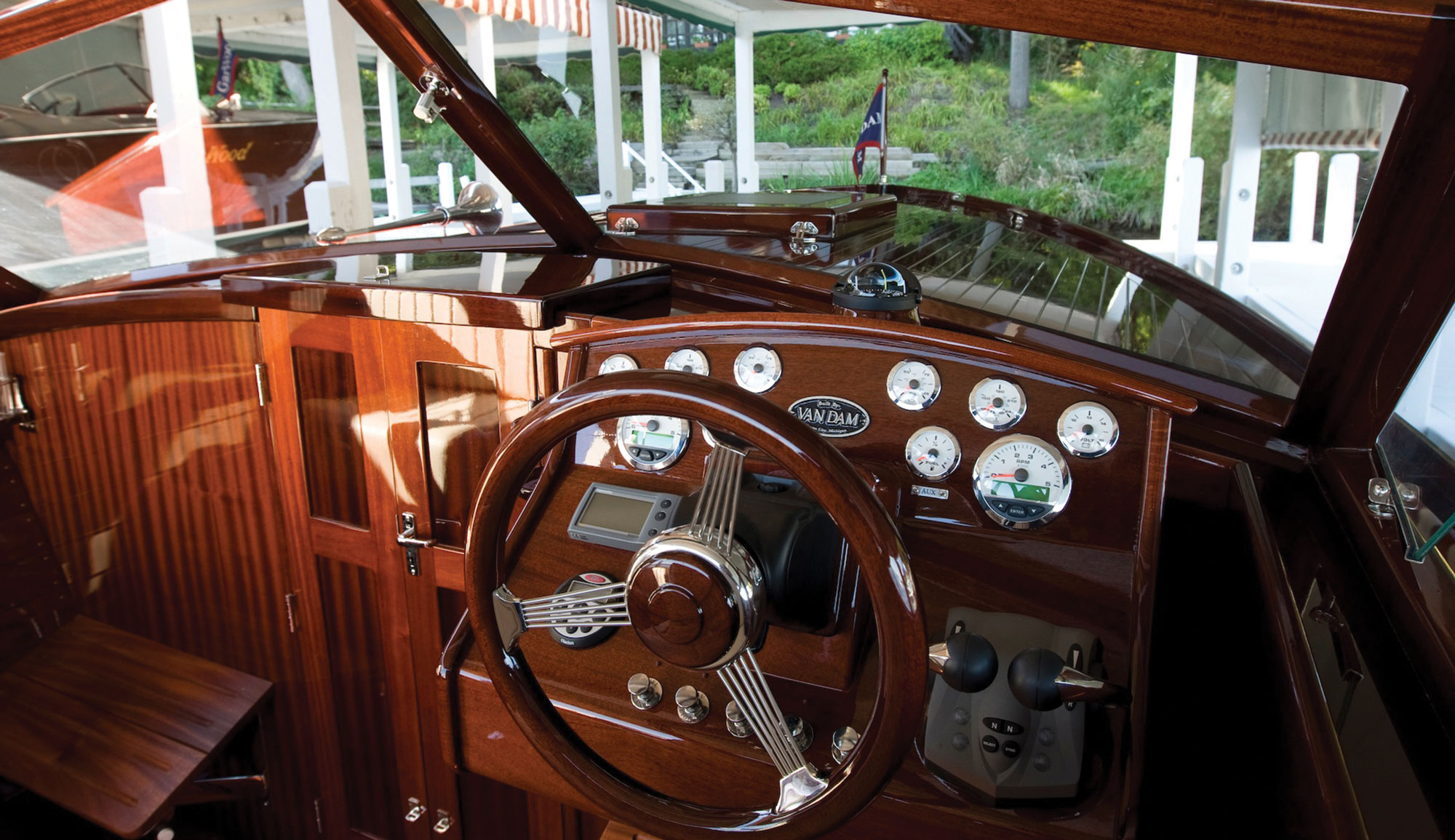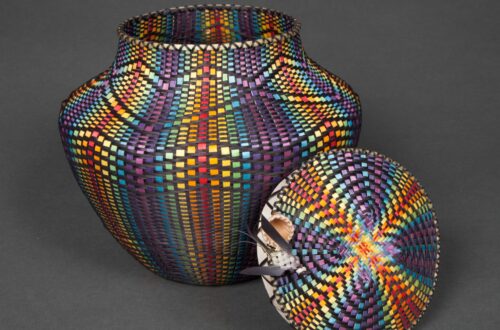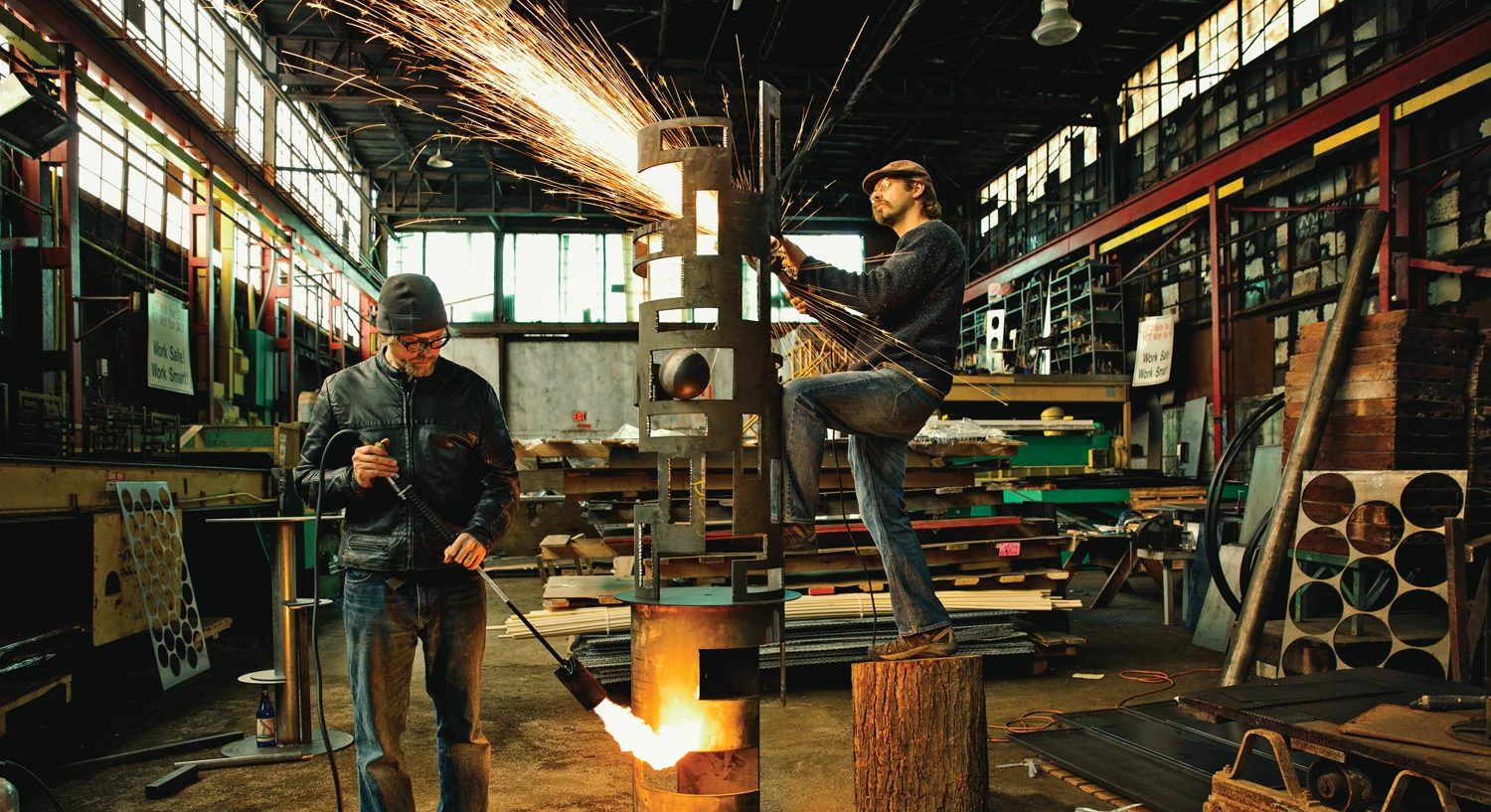Creative, persuasive, stimulating, and versatile; design and its many sub-fields have long been applied to large-scale world issues in politics, economics, and culture. The 20th century is rich in examples of design’s influence in the shaping and the response of relevant world events, from the economical office building boom that helped spur the International Style, to the ideological and aesthetic movement of Midcentury Modernism that traversed seas—from Le Corbusier to the Eames—to popularize in the United States with its functional post-war sensibilities.
One of these relevant moments of globally responsive design, however, has often been left out of the American midcentury design lexicon. In the early 1950s, in an attempt to leverage the power of design in the U.S.’s Cold War engagement with the Soviet Union, the Department of State commissioned three travelling exhibitions featuring contemporary, mass-produced, American-designed consumer goods to curate a portrait of American culture and democracy for a European audience.
The series of exhibitions traveled through West German schools, trade fairs, and museums, but due to a piece of legislation in 1948 were kept from the American public. Now they have been recreated in a traveling exhibition called, “A Designed Life: Contemporary American Textiles, Wallpapers, and Containers & Packaging, 1951–1954,” which will arrive at the Design Museum of Chicago this year.
“A Designed Life” comes from the University of Maryland, Baltimore County’s Center for Art, Design and Visual Culture, or CADVC, and it is curated by Margaret Re, a professor of visual arts at the University of Maryland, Baltimore County, or UMBC, as well as a design educator, practitioner, and researcher. “A Designed Life” features recreated exhibits centered on the work of significant design figures of the century like Tom Lee, designer, and Will Burtin, graphic and packaging designer; but the catalyst for what would become “A Designed Life” was Re’s discovery of the commissioned-exhibit “Contemporary American Textiles.” The latter exhibit was designed by Florence Knoll Bassett, a Michigan-born design pioneer credited with popularizing modernist design for office interiors, especially through KnollTextiles, which has become one of the largest textile suppliers in North America since its founding in 1947.
“I discovered the ‘Contemporary American Textiles’ exhibition when reviewing architect and designer Florence Knoll Bassett’s papers at the Archives of American Art,” Re said. “I was intrigued that Knoll Bassett herself had organized these materials. As a woman and as a design professional, I was curious to see what she considered significant in her life’s work and how she created this overview.”
From there, Re’s curiosity led to the Smithsonian Institution Archives in Washington, D.C., where she discovered “Contemporary American Textiles” and its link to the extensive program of 12 exhibitions planned by the Department of State and the Traveling Exhibition Service for use as a form of “soft power” in West Germany. Intrigued, Re focused on the three exhibitions that presented designed objects as tools in the endeavor and how they connected consumer and political choice.
“I was also interested in introducing to the general public the idea that design or a design language can be political,” Re said. “I am also interested in the idea of portraiture. The Department of State used these exhibitions to create a national portrait of the American people for use outside of the United States’ borders in the early 1950s. Was this portrait accurate? What was the intent of this portrait?”
In their modern recreations, the exhibits featured in “A Designed Life” will be hosted in two parts around Chicago and will feature collections of prints, fabrics, images, and projections that communicate the affinity for self-expression and elegant functionality that the U.S. government sought to portray through American design. “Contemporary American Textiles” and “Contemporary American Wallpapers” will reside in the City of Chicago’s Expo 72 Gallery and “Containers and Packaging” will be held at the theMART downtown.
In the “Contemporary American Textiles” exhibition, the folds, pleats, and materiality of Knoll’s textile-work-abstracts portrayed objects into suggestions, while her architectural composition of fabric in a room curates a more immersive experience. As for Lee’s wallpaper exhibition, viewers are introduced to visual tales through a Herndon wallpaper titled “Aesop’s Fables,” which Re considers an attempt to connect the U.S. with Germany through European familiarity with the stories.
Also included in the wallpaper exhibition is a playful portrayal of George Washington by Nancy McClelland, an interior designer and specialist in French, English, and American antiques and mural decorations. The paper features the founding father in a Masonic triangle held on a pedestal between two classic columns with urns and flowers. Within “Containers and Packaging,” Burtin curated everyday household products and those with dedicated medical, pharmaceutical, automotive, agricultural, and hygienic uses into equally sized compartments that evoke shadowboxes.
Apart from these designers—and Burtin’s surprising selection in the form of Kotex packaging designed by Harry Farrell—another featured designer presented in “A Designed Life” is Ray Komai, a designer and artist who was incarcerated in prison camps during World War II. Together, the body of work presented in “A Designed Life” provides a snapshot of the design principles and attitudes that formed a national portrayal of midcentury America, and it indicates the relevance design can hold in national and global politics.
“A Designed Life” is organized by UMBC’s Center for Art, Design and Visual Culture, in collaboration with The Johns Hopkins University Graduate Program in Museum Studies and Morgan State University’s School of Architecture + Planning. The presentation is supported by The Coby Foundation, Ltd; the National Endowment for the Arts; Knoll, Inc; and UMBC; as well as the Maryland State Arts Council, an agency funded by the State of Maryland and the National Endowment for the Arts, and the Baltimore County Commission on Arts and Sciences.
Text: R. Collins
Photography: Dan Meyers | Margaret Re | Courtesy Knoll Inc.






